SUMMARY
This is AI generated summarization, which may have errors. For context, always refer to the full article.
![[OPINION] They ‘go hand in slippery hand’: A response to Locsin’s tweet](https://www.rappler.com/tachyon/2021/05/imho-teddy-locsin-wto-May-5-2021.jpg)
On May 4, 2021, Secretary of Foreign Affairs Teddy Locsin Jr. tweeted a decades-old defense of strong intellectual property protection for vaccines that are of critical importance in our battle against COVID-19.
India and South Africa, as early as October 2020, foresaw a problem — strongly enforced patent rights of COVID vaccines are likely to cause major supply bottlenecks, disproportionately affecting low- and middle-income economies. As such, they filed a joint submission before the World Trade Organization (WTO) calling for time-bound and limited exemptions to global IPR rules for products that are essential for COVID-responses.
The World Health Organization (WHO), the African bloc and other developing countries in the WTO, progressive wings of political parties in national parliaments, and a group of over 170 Nobel Laureates and former heads of state, among others, have all expressed support for this proposal. However, recognizing and rewarding corporate R&D and protecting the rule of (patent) law is at the heart of the objection of most developed economies, including the United States, the United Kingdom, Japan, EU Member States, and many others. Their position echoes the argument of Secretary Locsin: the creation of the vaccine was possible through private sector innovation and existing IPR laws and conventions, which guarantee the first-mover advantage.
Eleven months ago, I recognized the need to rethink patent policies in anticipation of IP-related bottlenecks in COVID response and the need to utilize the flexible provisions of IP laws during periods of crisis. In light of the upcoming meeting of the WTO General Council on May 5-6, 2021, and as a response to Sec. Locsin’s blanket rejection of the India-South Africa proposal, I write this article to highlight some facts.
1. The relationship between intellectual property rights and economic outcomes such as innovation, growth, and foreign direct investments is nonlinear.
Policymakers and the general public must free themselves from the idea that stronger IPR protection always has a positive effect on innovation and growth. On one hand, stronger IPR protection reflects improvements in the rule of law and in the business climate of a country, which may encourage investments and promote growth. On the other hand, stronger IPR protection has competition-restricting effects, and the stringently enforced right to exclude provisions may discourage both infringement and legitimate innovation.
Whether the pluses outweigh the minuses, or vice-versa, depends on many factors including the macroeconomic conditions and the quality of institutions of a country. However, to claim that the only way to achieve innovation is to have airtight and inflexible protection of IP rights is simply false.
2. Corporate R&D has been supported at least in part through public funds.
To say that corporate R&D investment is fully funded by private capital is, again, false. The development of a COVID vaccine “at warp speed,” as Sec. Locsin puts it, was made possible at least in part through government subsidies and using intellectual inputs that have been generated at least in part through government funding. Six of the leading COVID vaccine manufacturers have received a total of $12 billion in public funds to subsidize their expenses on research, clinical trials, and manufacturing; and the technology behind mRNA was likewise developed through a publicly funded research institute.
3. What exactly is the ‘fear’ in the first place?
The taunting narrative of big pharmaceutical companies is straightforward and effective in eliciting fear: “Dear governments, if you relax my intellectual property rights, I will stop innovating.” Is this the root of the pontification of patent rights — pronouncements by the private sector? Where exactly is the causal empirical evidence that time-bound and limited exemptions to IPR rules, or marginal reductions in IPR protection during periods of crisis, will hurt long-run innovation? To the best of my knowledge from previous research, there seems to be none.
Let’s think about a hypothetical scenario where patent rights for vaccines are temporarily suspended. What exactly is the “worst case scenario?” Will big pharmaceutical companies go bankrupt? Will there be no firms who will create a new vaccine in the event of a new pandemic? Previous studies do not suggest a “yes” to either of these questions. So what exactly is the fear, and what is its basis?
4. Alternatives have limited scope and impact at best.
Many parties are proposing alternatives. The newly elected WTO Director-General Ngozi Okonjo-Iweala called for a “third way” — preserve the TRIPS rules while promoting licensing agreements to accelerate manufacturing. Another alternative is the more aggressive utilization of the COVID Technology Access Pool (C-TAP) launched by the WHO — a resource where patent holders, research institutes, and countries can pool resources and know-how to accelerate the technology transfers. Compulsory licensing is also an alternative approach — governments can compel patent holders to license other firms on reasonable and non-discriminatory terms.
These alternatives, despite sounding plausible, have limited scope and impact at best and are ineffective at worst. Simply put, these are not enough to confront the magnitude of the challenge. For instance, the C-TAP initiative, which has been existing for well over a year now, lacks momentum, financial support, and participation by the most important players — the patent holders themselves. Meanwhile, compulsory licensing and firm-level voluntary licensing take time and have limited scope. If patent holders really have an intention to voluntarily license third parties, nothing is legally preventing them from doing so right now. So why is there so little progress, if at all, on this front?
Periods of crisis, such as the COVID-19 pandemic, call for a reappraisal of global IPR rules. The necessary precondition of an effective vaccine rollout is an aggressive manufacturing and steady supply of vaccines. By rejecting the joint submission of India and South Africa, developing countries are again on the losing end of the stick. They will continue to rely on the goodwill of patent holders and the excess supply of developed countries that hoarded vaccines. If this is how the COVID-19 vaccine story unfolds, then the systemic and structurally embedded vaccine inequity problem will persist into the future pandemics of our time.
Going back to Secretary Locsin’s point: science and the public sector can go “hand in slippery hand.” They should. When the products of science are managed, regulated, or restricted by the public sector in a way that does not best serve public interest especially in the most trying times, THAT is the wrong way to go. – Rappler.com
Vincent Ramos is a Master of Public Policy candidate at the Hertie School of Governance in Berlin, Germany and a Lecturer at the Department of Economics and Political Science at UP Baguio. He finished his Bachelor’s degree from the UP School of Economics and his current research interests are labor policy and innovation.
Add a comment
How does this make you feel?
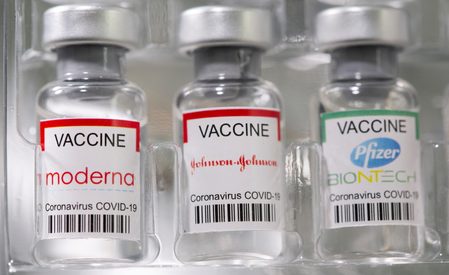
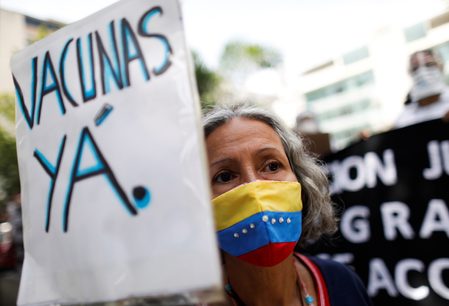
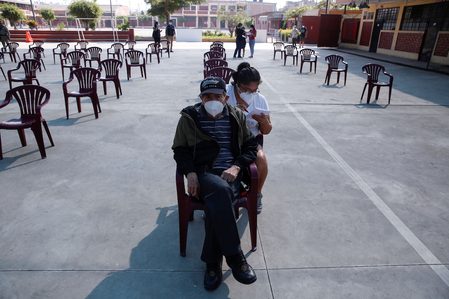


![[Time Trowel] Evolution and the sneakiness of COVID](https://www.rappler.com/tachyon/2024/02/tl-evolution-covid.jpg?resize=257%2C257&crop=455px%2C0px%2C1080px%2C1080px)


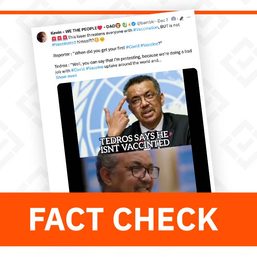
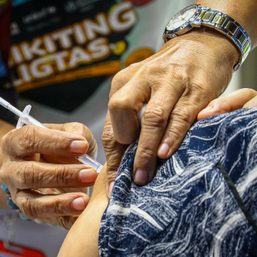
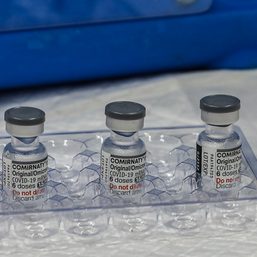
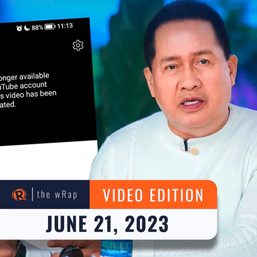
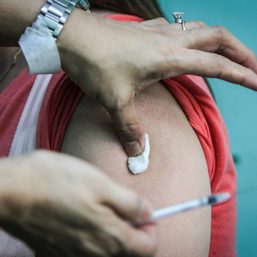
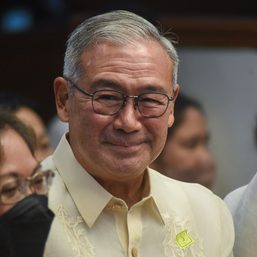
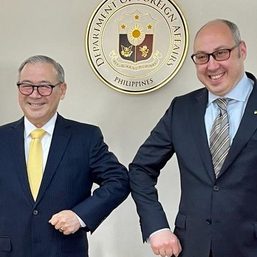
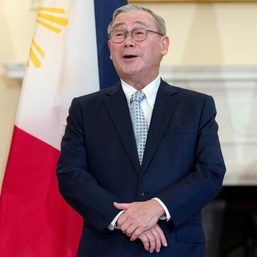
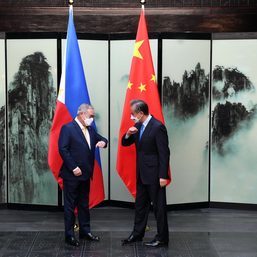
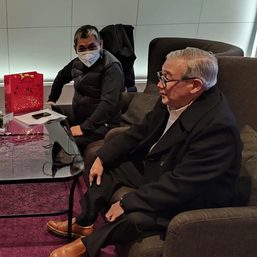

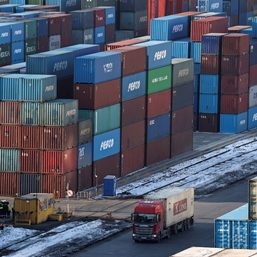
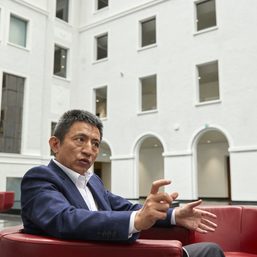
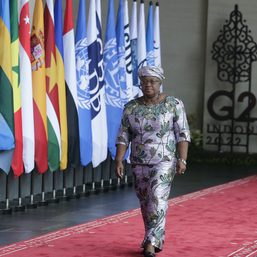

There are no comments yet. Add your comment to start the conversation.